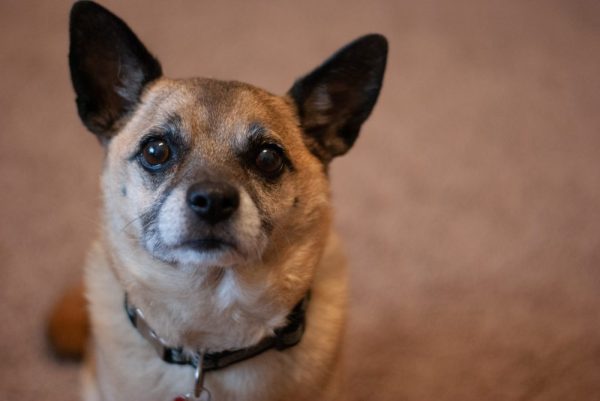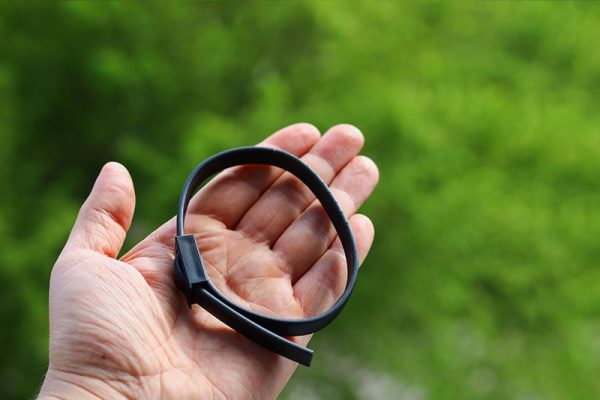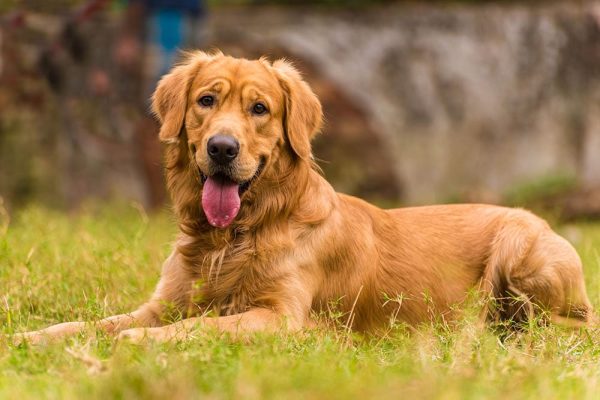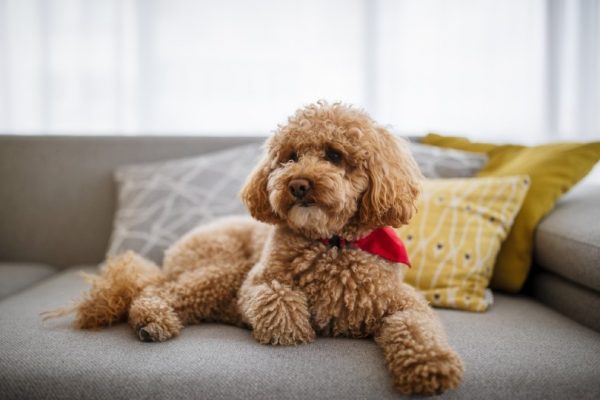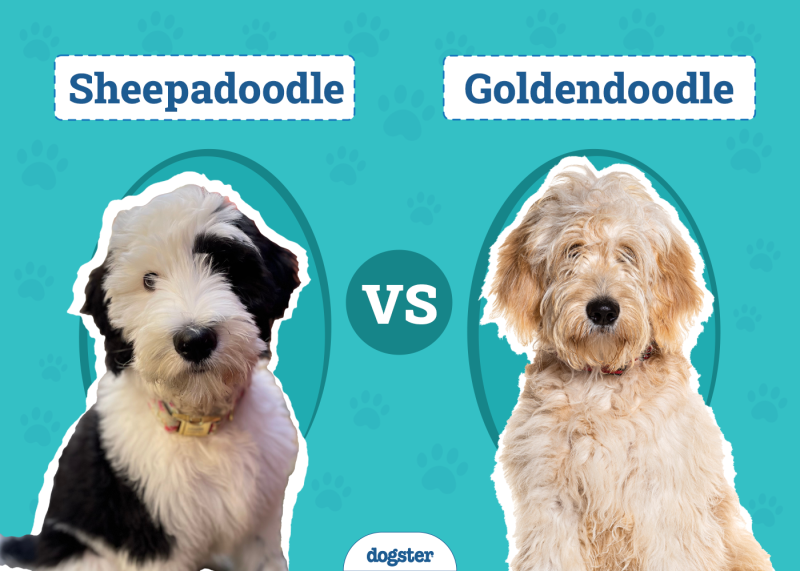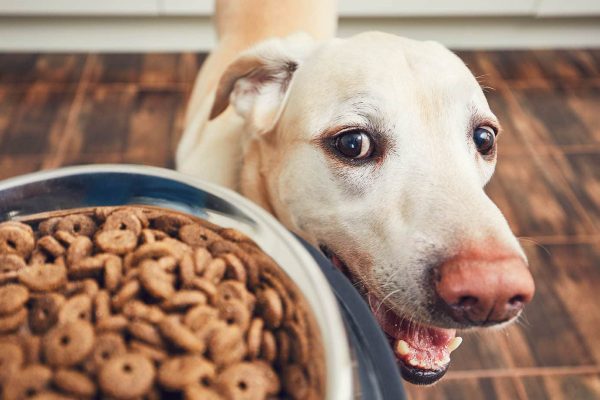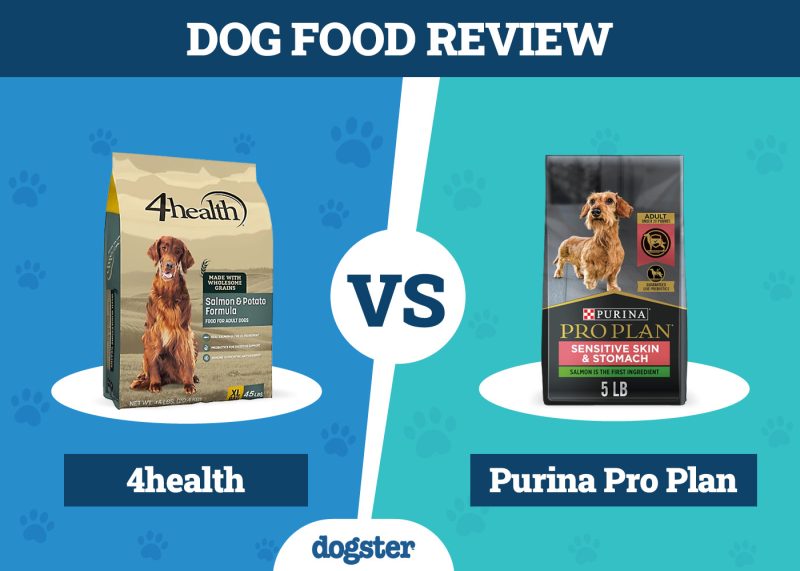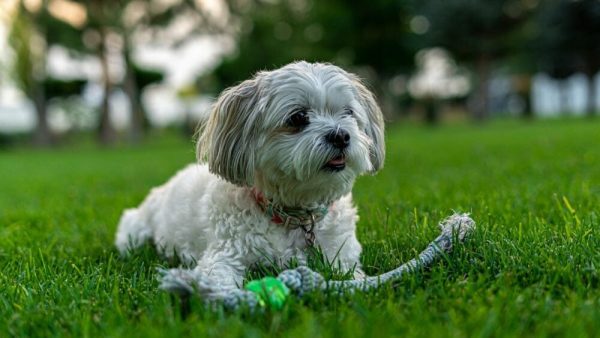Whether you’re a dog owner or you’re considering becoming one, how vocal a dog breed is can be a major determining factor when it comes to selecting a pet. If you live in an apartment, then your need for a quiet dog likely far outweighs that of someone who lives in the country without neighbors nearby.
Understanding that a dog is likely to be vocal before you bring one home can not only better prepare you for your new companion but also allow you to start making a plan to train your dog to use their vocalizations appropriately instead of becoming a noisy nuisance. Keep reading to see our list of the most vocal dog breeds in the world!

How Are Vocal Dogs Classified?
Generally speaking, most dogs will bark under the right circumstances. Vocal dogs go far beyond occasionally barking, though. They will bark frequently, even seemingly at nothing. They also are likely to vocalize in ways other than barking. Whining, yipping, howling, and other vocalizations are common among the most vocal dog breeds.
The 15 Most Vocal Dog Breeds
1. Siberian Husky
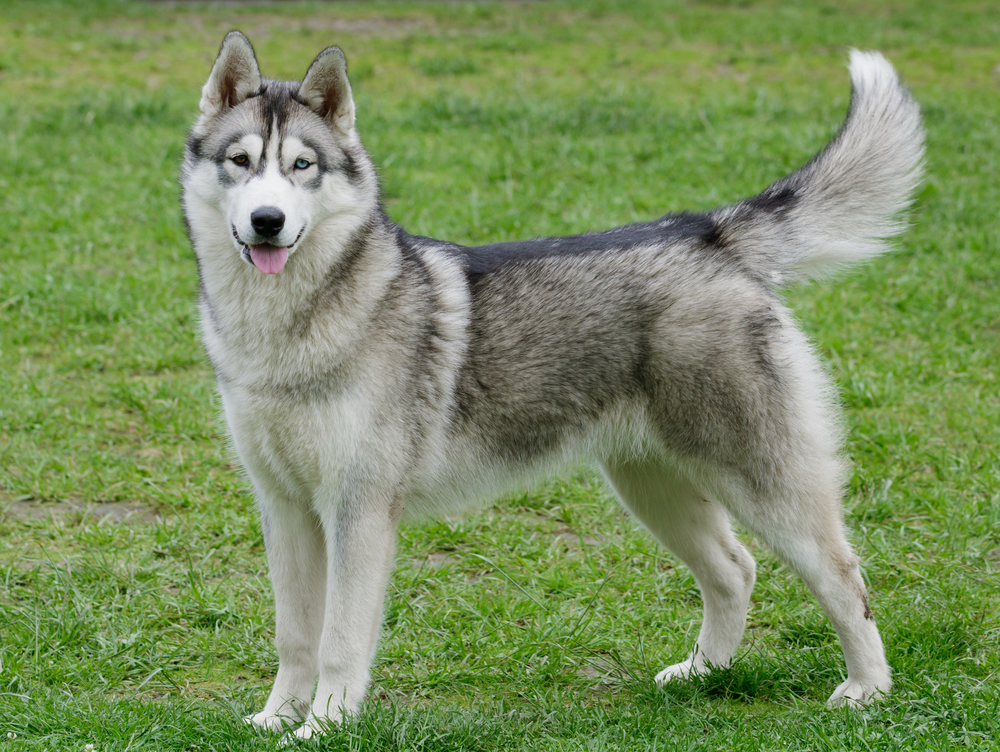
| Origin: | Siberia, Asia |
| Lifespan: | 12–15 years |
| Height: | 20–24 inches |
It’s no secret that the Siberian Husky is one of the most vocal dog breeds. You’ve likely seen videos of them online, often singing in unison over the most benign things, like being told it’s time to go to bed.
This breed may surprise you with some of the vocalizations it makes, from barking and whining to howling and screeching. The Siberian Husky has a lot of things to say about everything, and you can expect this breed to become especially vocal when excited or stressed.
2. German Shepherd
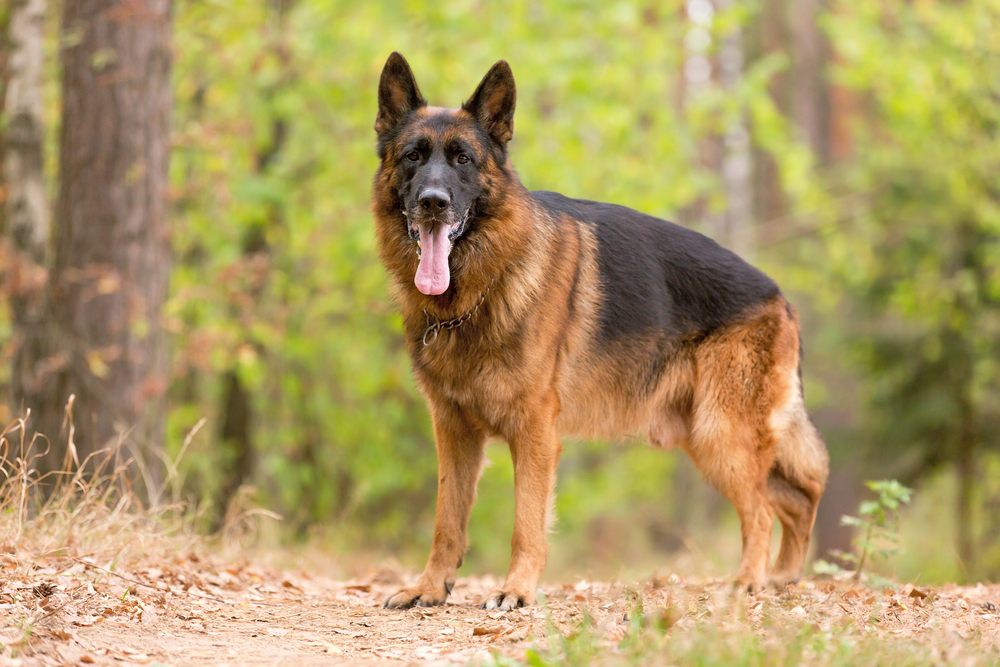
| Origin: | Germany, Europe |
| Lifespan: | 9–13 years |
| Height: | 22–26 inches |
Coming in close second in our ranking of the most vocal dog breeds, the German Shepherd can give the Siberian Husky a run for its money when it comes to having something to say. This regal breed is often regarded for its diverse skills at everything from herding to drug detection to guarding. Although they take their job seriously, whatever it may be, the German Shepherd has a lot of things to say, especially in stressful and exciting situations. Howls, whines, and grumbles are all common vocalizations from this breed.
3. Beagle

| Origin: | United Kingdom, Europe |
| Lifespan: | 12–15 years |
| Height: | 13–16 inches |
A favorite breed when it comes to dogs for children, the Beagle is an extremely lovable pooch. However, like many hounds, the Beagle will provide you with no shortage of vocalizations.
These dogs love to bay and howl at just about any opportunity. They have excellent skills as hunting dogs, as well as companions, but they typically aren’t considered good dogs for apartment living due to their tendency to vocalize loudly and their high energy needs.
4. Basset Hound
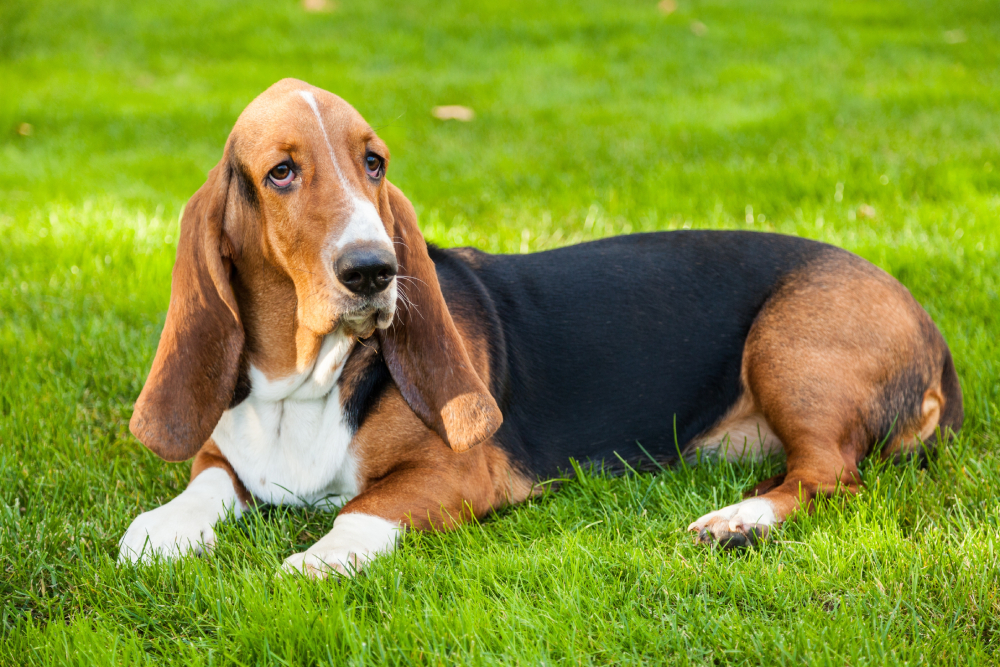
| Origin: | France and Belgium, Europe |
| Lifespan: | 10–12 years |
| Height: | 11–15 inches |
Don’t be fooled by the relatively short height of the Basset Hound. This breed is actually quite large, often exceeding 40–50 pounds in weight. Like the Beagle, the Basset is often considered to be a good-natured breed that loves to be surrounded by its human family. As a hound, though, Basset often has lots of things to say, from baying and howling to whining and yelping. Because of their large size, exercise needs, and tendency to vocalize, this breed is also not suitable for apartment living.
5. Bloodhound
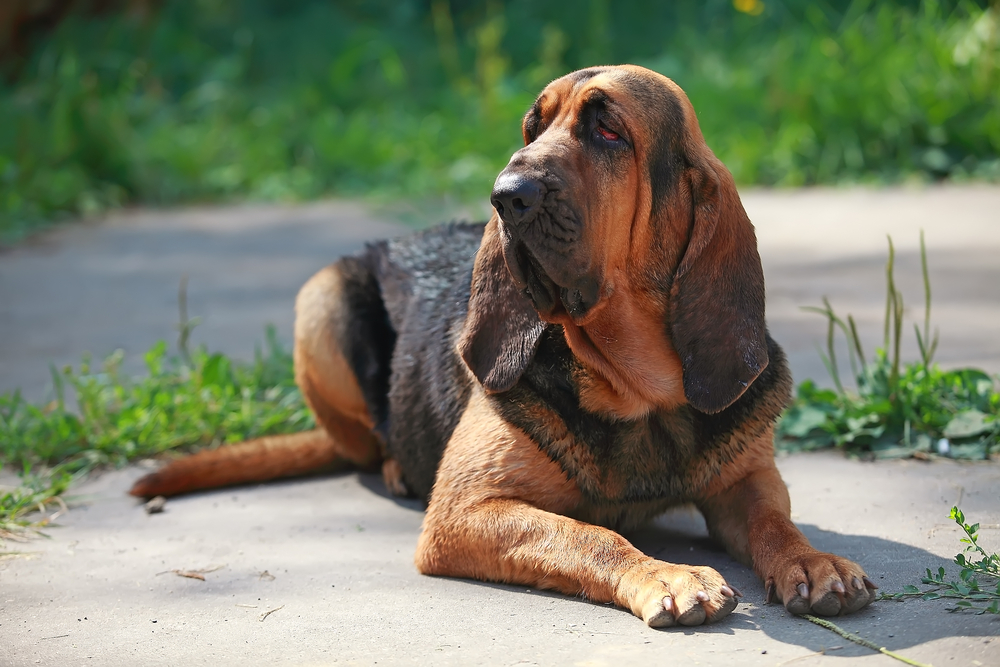
| Origin: | Belgium, Europe |
| Lifespan: | 10–12 years |
| Height: | 23–27 inches |
Often lauded for its strong sense of smell, the Bloodhound is an excellent dog that is often employed as a search and rescue dog, as well as serving as a hunting scent hound. Bloodhounds are often thought of as lazy dogs, but they can actually be quite active and athletic.
When excited, happy, or stressed, this breed loves to howl and bay. You can also expect frequent barking from Bloodhounds. Their stubborn temperament makes them better suited for experienced dog owners.
6. Dachshund
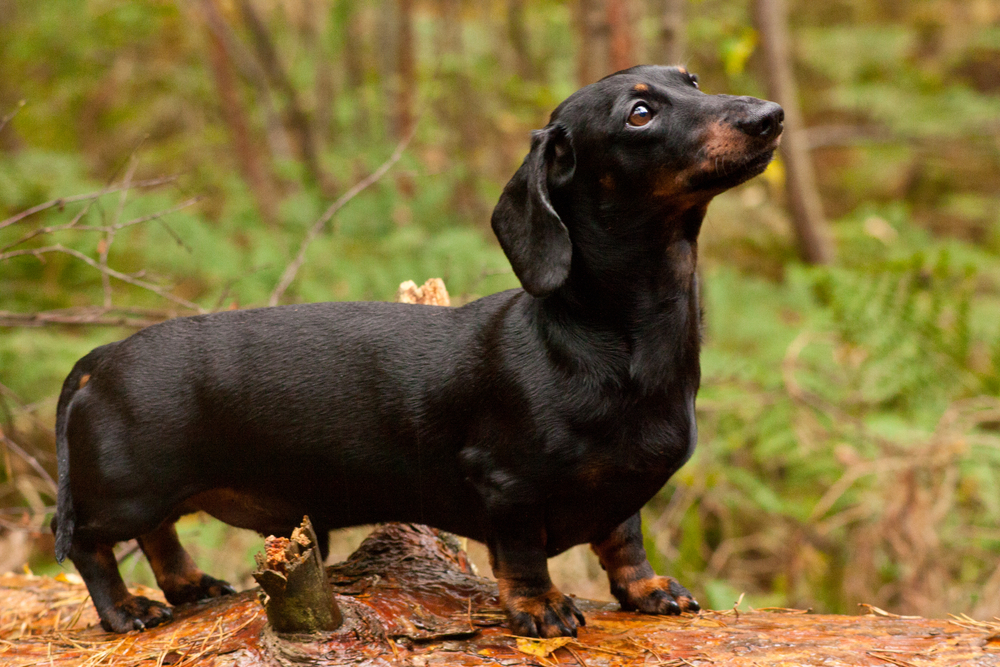
| Origin: | Germany, Europe |
| Lifespan: | 12–16 years |
| Height: | 8–9 inches |
While their cute and unusual appearance can be deceiving, the Dachshund can be quite the handful! These dogs were bred to hunt animals in burrows, and many of them love to dig, especially if they hear or smell a small animal under the ground.
Aside from being exceptional diggers, the Dachshund loves to make noise. They are big barkers, often barking about anything and everything that excites or stresses them. The bark of the Dachshund is often considered that of a much bigger dog, which can make them great watchdogs.
7. Australian Shepherd
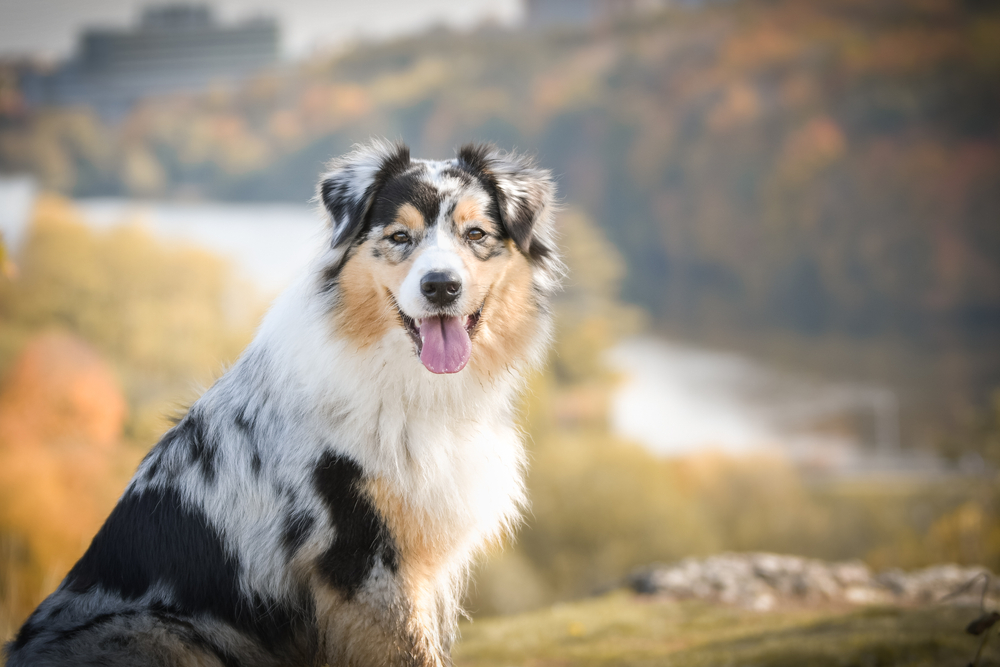
| Origin: | Spain, Europe |
| Lifespan: | 13–15 years |
| Height: | 18–23 inches |
The Australian Shepherd is often thought of as a breed that came from Australia, but the breed is actually believed to have originated in Spain. Dogs from Spain were brought to Australia before making their way to the US, where the Australian connection stuck. Modern-day Aussies are technically considered to be American dogs.
Although they’re intelligent and highly trainable, you can expect a dog that loves to vocalize with an Aussie. They will often bark when excited, trying to get their way, and even when trying to herd—whether they’re herding farm animals or your kids.
8. Alaskan Malamute
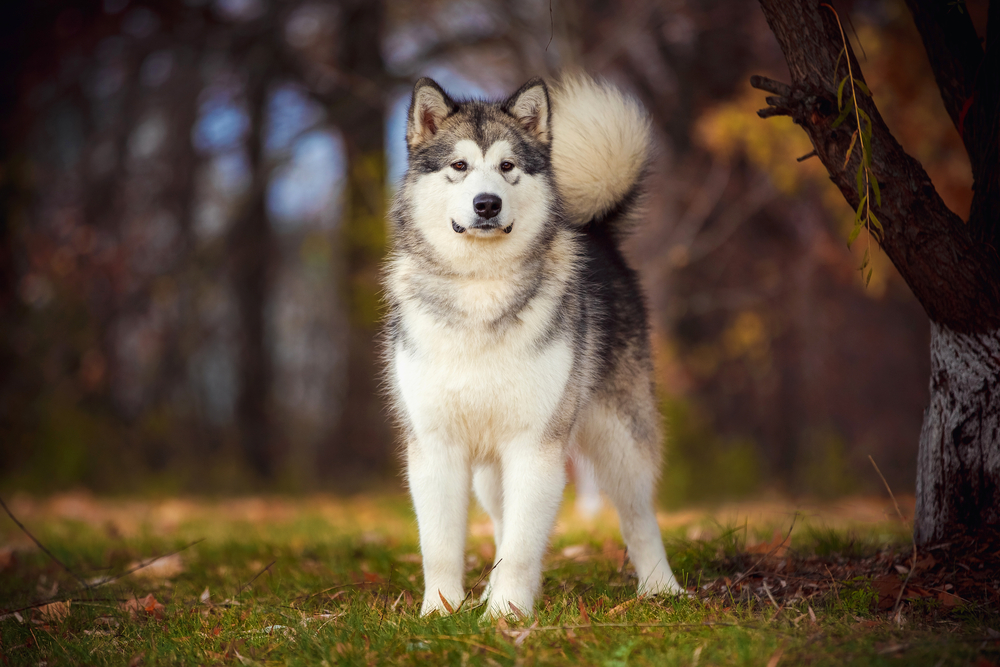
| Origin: | United States, North America |
| Lifespan: | 10–14 years |
| Height: | 22–26 inches |
Like the Siberian Husky, the Alaskan Malamute is quite the vocal dog. This breed is far less common than its Husky cousin, though, so you’re likely less familiar with how talkative this breed can be.
Like Huskies, the Malamute has a wide variety of vocalizations for many different things. They love to sing, yelp, howl, and bark for many reasons, from benign to essential. Their large size and tendency to vocalize can make them great watchdogs and will likely deter trouble away from your home.
9. Pomeranian

| Origin: | Germany, Europe |
| Lifespan: | 12–16 years |
| Height: | 7–12 inches |
For being known as a yappy dog, the Pomeranian lives up to its reputation. These dogs may be small, but they can be tough and aren’t afraid to bark. They don’t have the most threatening bark, but you can definitely count on a Pomeranian to let you know if trouble is afoot on your property. They are very sweet and loving dogs, but they may bark at visitors and people they aren’t familiar with, so be prepared to properly introduce guests to this breed.
10. Chihuahua
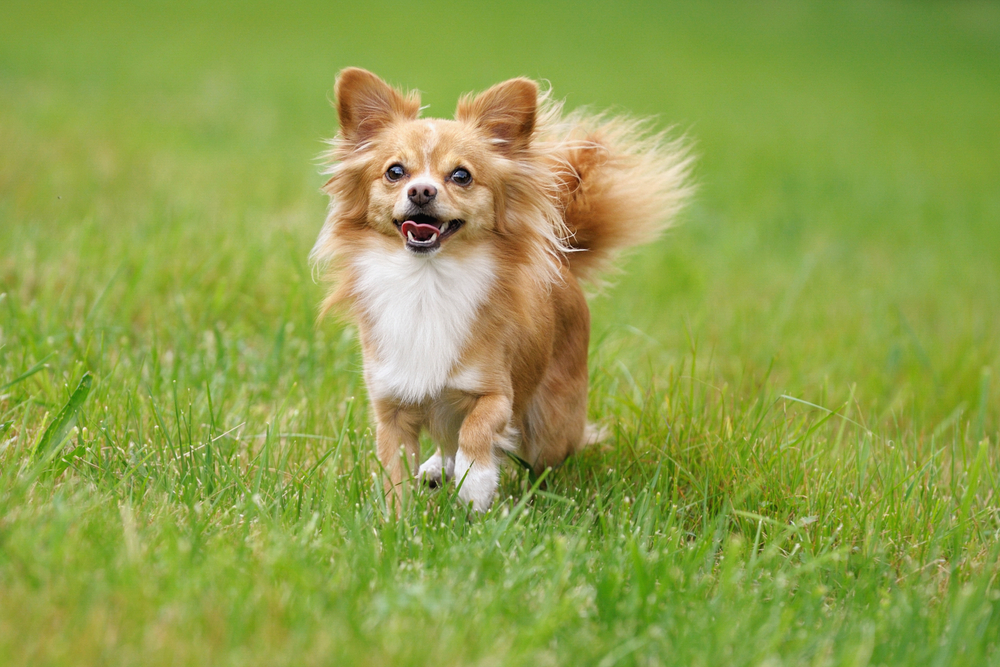
| Origin: | Mexico, Central America |
| Lifespan: | 12–20 years |
| Height: | 6–9 inches |
Like the Pomeranian, the Chihuahua has a reputation for having a big personality and being relatively fearless. This breed is known for its yippy bark and bravery in the face of much larger animals. It’s pretty impressive to see a 5-pound dog standing up to a dog 10 times its size or more.
Because of their tendency to go up to dogs much larger than themselves and attempt to bark them down, many Chihuahuas need close supervision around other dogs to make sure they don’t get themselves into a fight they can’t win.
11. Yorkshire Terrier
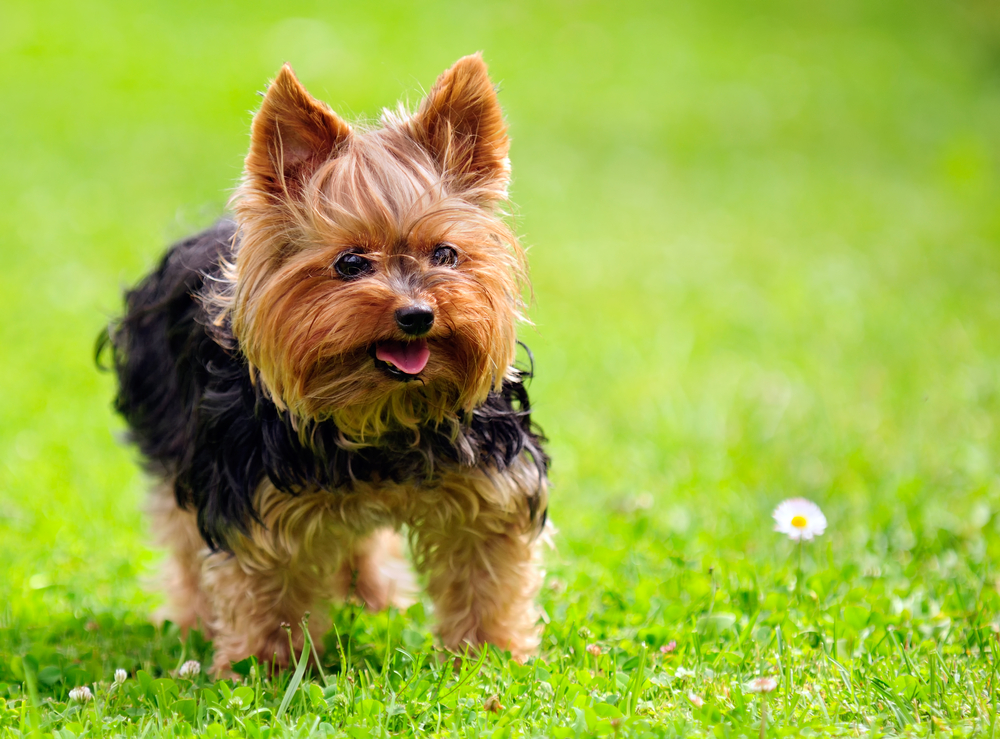
| Origin: | United Kingdom, Europe |
| Lifespan: | 13–16 years |
| Height: | 6–7 inches |
Yorkies are often grouped in with the Chihuahua and Pomeranian as small dogs with big personalities and a tendency to talk a big game. In the case of the Yorkie, they come by it very honestly.
Terriers in general are often considered to be noisy dogs, and the Yorkshire Terrier is no exception. These tiny dogs are affectionate and loving, but many of them are not afraid to stand up to dogs much larger than themselves, often barking right in their faces in an attempt to get them to back down.
12. Fox Terrier
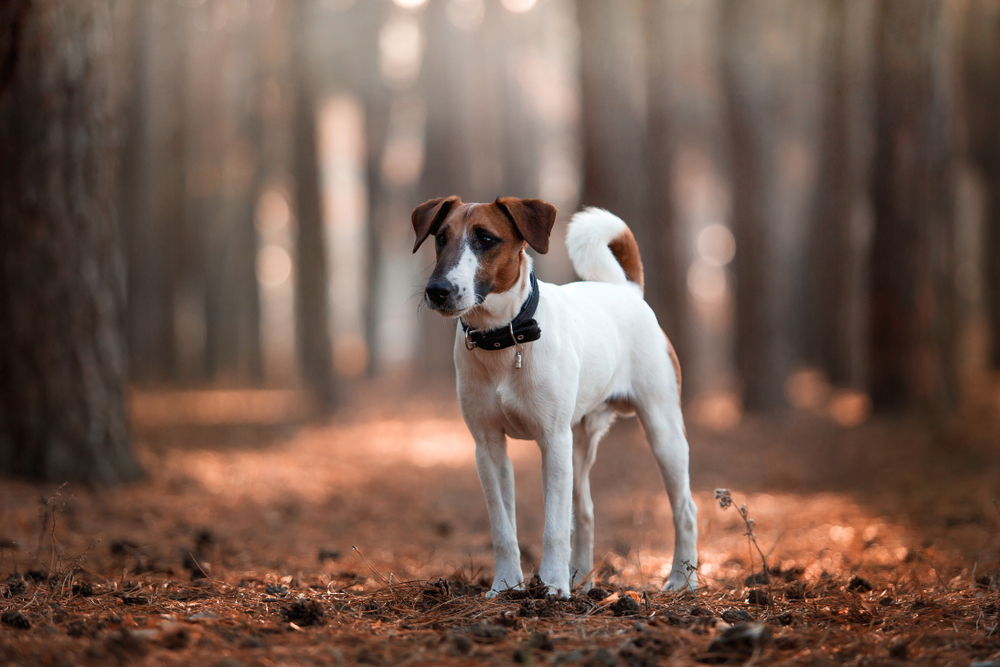
| Origin: | United Kingdom, Europe |
| Lifespan: | 12–16 years |
| Height: | 10–15 inches |
The Fox Terrier is actually two breeds: the Smooth Fox Terrier and Wire Fox Terrier. These breeds are, like their Yorkshire Terrier cousin, not afraid to have something to say. They tend to be yappy dogs that will bark at just about anything, which can make them great watchdogs, although relatively small in stature.
They make excellent hunting dogs, having been originally bred for fox hunting, and you can expect the Fox Terrier to bark at other animals, especially cats and animals they might consider to be prey.
13. Miniature Schnauzer
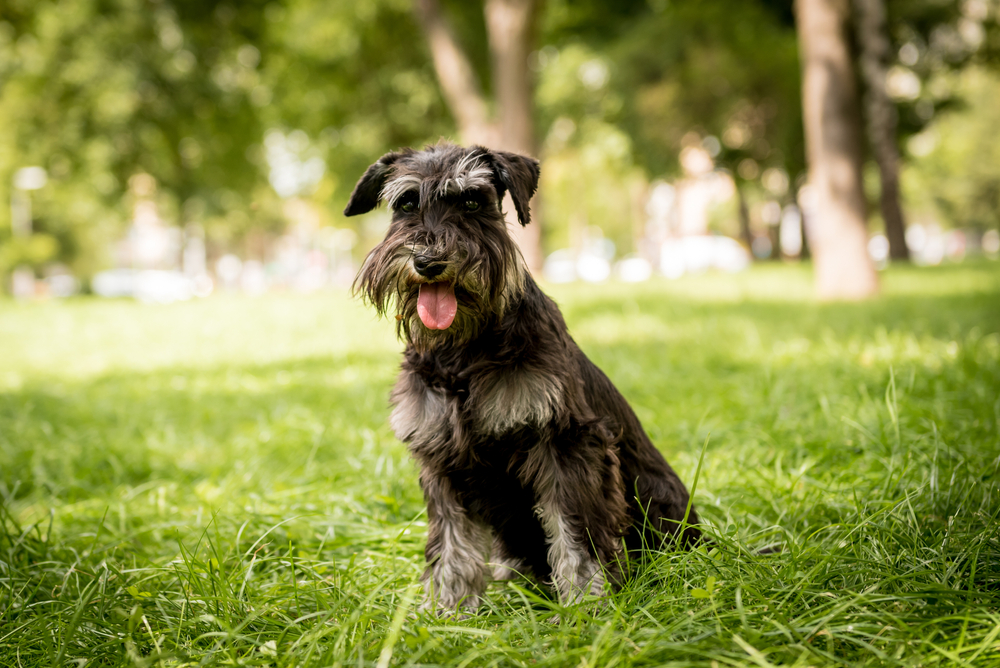
| Origin: | Germany, Europe |
| Lifespan: | 12–14 years |
| Height: | 12–14 inches |
Although there are actually three variations of the Schnauzer breed, the Miniature Schnauzer can have a very different temperament than the Standard and Giant Schnauzers.
Miniature Schnauzers are known for having a sassy attitude and a tendency to bark at anything and everything. While this can make them good watchdogs, it can also be obnoxious in the wrong setting. While their size makes them suitable for apartment living, you should be prepared to work on training your Miniature Schnauzer to vocalize at appropriate times.
14. Miniature Pinscher

| Origin: | Germany, Europe |
| Lifespan: | 12–16 years |
| Height: | 10–12 inches |
While the Miniature Pinscher shares a similar name to the Doberman Pinscher, this much smaller breed tends to have a much sassier attitude than the Doberman. The MinPin is a yappy dog that has a lot of things to say. They can be good watchdogs, but like the Miniature Schnauzer, training your MinPin how to vocalize at appropriate times is important and can be challenging.
15. Shetland Sheepdog

| Origin: | Scotland, Europe |
| Lifespan: | 12–13 years |
| Height: | 13–16 inches |
Like the Aussie, the Shetland Sheepdog was bred to be a herding dog. This breed is very familiar with barking and will often use its voice whenever it’s excited or practicing herding skills. This small dog is highly intelligent and trainable, as well as loving to its people. This is a somewhat reserved breed compared to most of the others on this list, but its tendency to be alert can make it a great watchdog.

Conclusion
Having a dog that vocalizes about everything can become frustrating. As funny as it is to see dogs making unusual vocalizations in viral videos, it’s important as a dog owner to be prepared to train your dog to use their vocalizations properly. Excessively noisy dogs can become a problem with neighbors, and it can also become very easy to ignore their vocalizations when they’re actually trying to warn you of a problem.
Featured Image Credit: alexei_tm, Shutterstock




